
Make confident, data-driven decisions with actionable ad spend insights.

Need to comply with GDPR or CCPA? Understand how these privacy laws differ in scope, rights, and penalties. A must-read guide for business owners and marketers.

Marketers can no longer rely on borrowed data. The future is built on a single, powerful foundation: first-party data. Big brands are already making the switch, and if you want to stay ahead, you need to understand why this shift is happening now.

The transition from Universal Analytics to GA4 was Google’s attempt to adapt, but many marketers and businesses are still struggling. GA4 is complex, its data is often incomplete due to browser restrictions and ad blockers, and its compliance features are often a source of confusion rather than clarity.

The frantic search for a solution has led to a buzzword on every marketer's lips: cookieless tracking. But what does it really mean? Is it just a temporary fix, or is it the future of all marketing and analytics?

Learn how websites track user activity cookies, fingerprints, pixels, server logs, and third‑party tags plus detection tips, privacy fixes, and best practices.

Server-side tracking revolutionizes data collection with precision and privacy—discover how it transforms insights while ensuring compliance and security.

Learn how to track individual user movement on your website. Use analytics and tracking tools to improve user experience and analyze every click.

Learn what cross-site tracking is and how it works. Understand the privacy implications and how to prevent cross-site tracking effectively.

Optimize your website's performance with analytics. Gain insights, improve user experience, and boost conversions. Learn how to optimize today!

The ground beneath the digital marketing world is shifting. For over a decade, businesses have relied on a vast, interconnected web of third-party data to target ads, understand customers, and measure success. That era is definitively coming to an end.

You’ve seen it in your dashboards. The sinking feeling as you look at the numbers. You spent $10,000 on a Meta Ads campaign. Your Shopify or internal sales data shows 40 new customers from that campaign.
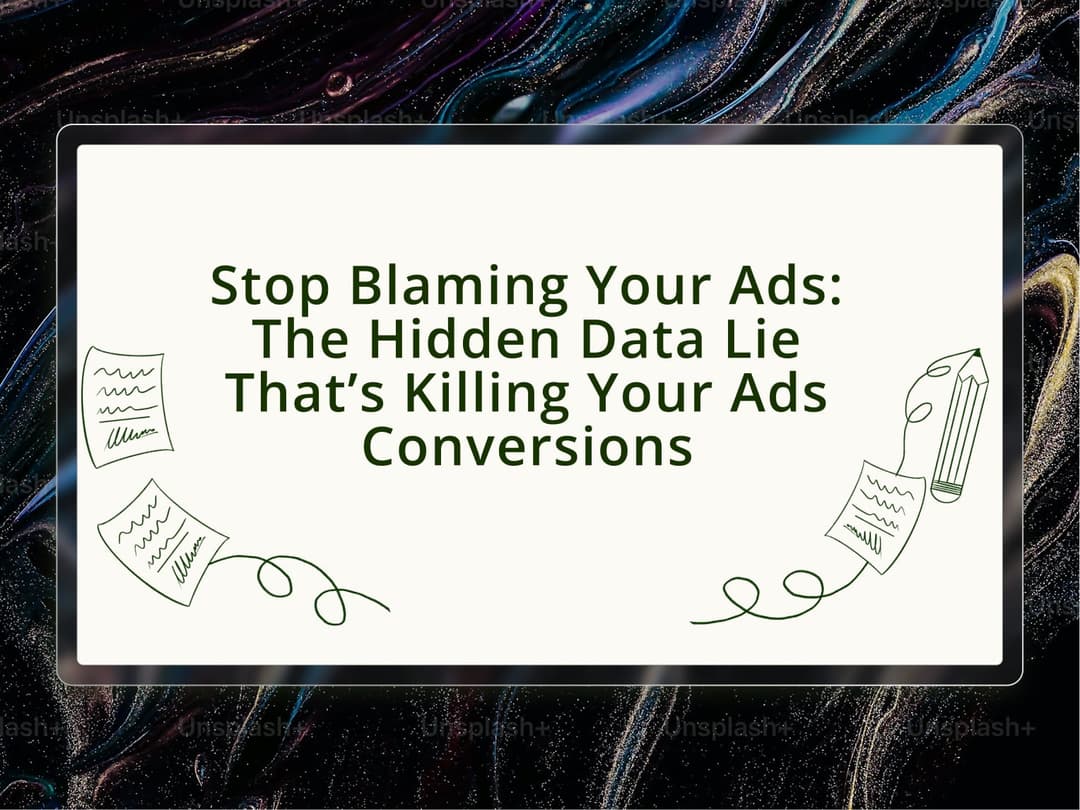
The brutal truth is that your ad performance is collapsing because of a hidden data lie. You are actively, though unintentionally, feeding the multi-billion dollar AI at Google and Meta a stream of corrupted, incomplete, and fraudulent data.
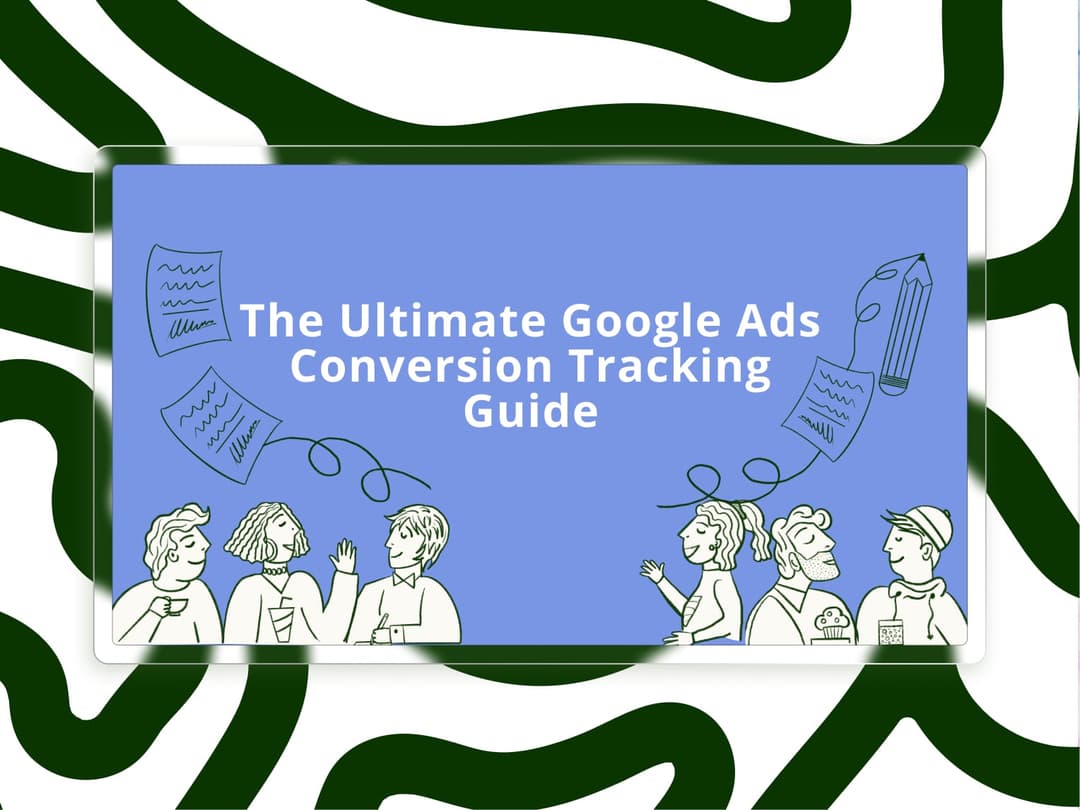
If you're spending money on Google Ads, you have one fundamental question to answer: is it working? Clicks and impressions are vanity metrics; the only thing that truly matters is your Return on Investment (ROI)

You're investing in Google Ads, driving traffic, and seeing clicks. But here's the multi-million dollar question: is any of it actually working? Without accurate conversion tracking, you're flying blind, wasting ad spend on campaigns that feel busy but deliver zero business value.

You’re pouring money into Google Ads to drive traffic, but if you can’t accurately measure which clicks turn into cash, you’re just gambling. True profitability comes from knowing your Return on Ad Spend (ROAS), and that is impossible without ironclad conversion tracking.

In Google Ads, the quality of your conversion data is the lifeblood of your campaign's performance. It dictates your Return on Ad Spend (ROAS), fuels Smart Bidding, and ultimately determines whether you're making a profit or just making noise.
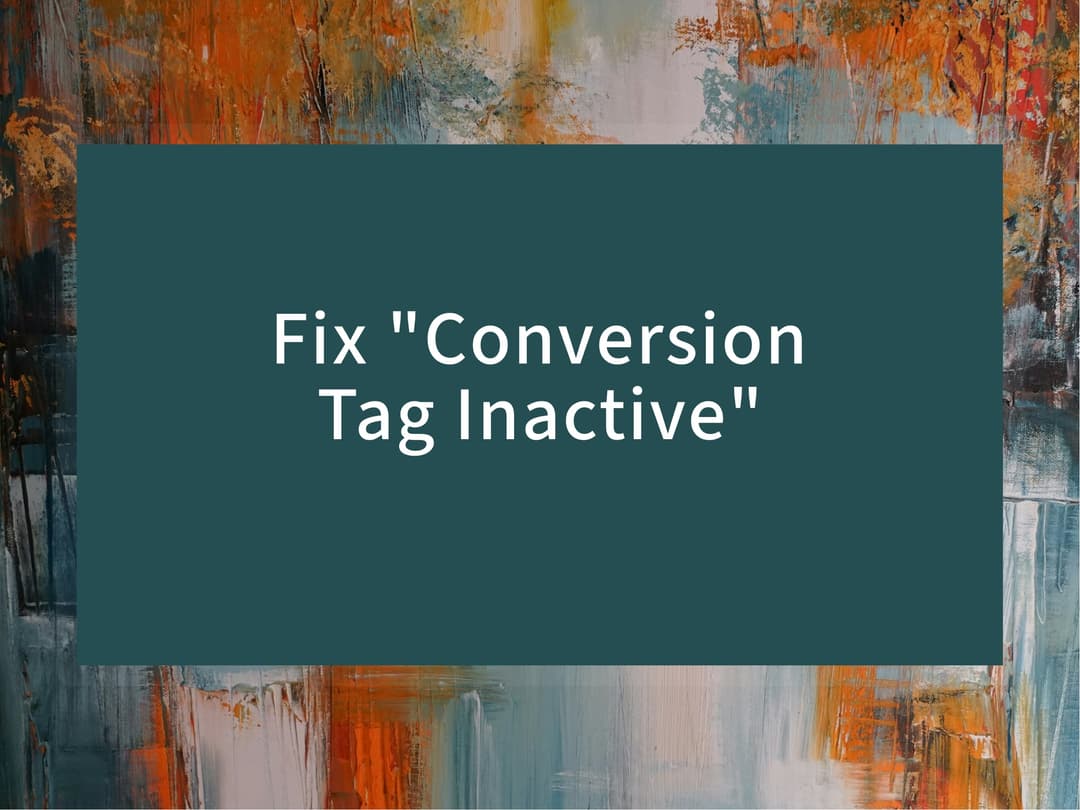
There are few things more alarming for a Google Ads advertiser than logging into your account and seeing the dreaded red warning: "Conversion tag inactive." This single message can throw your entire strategy into question.
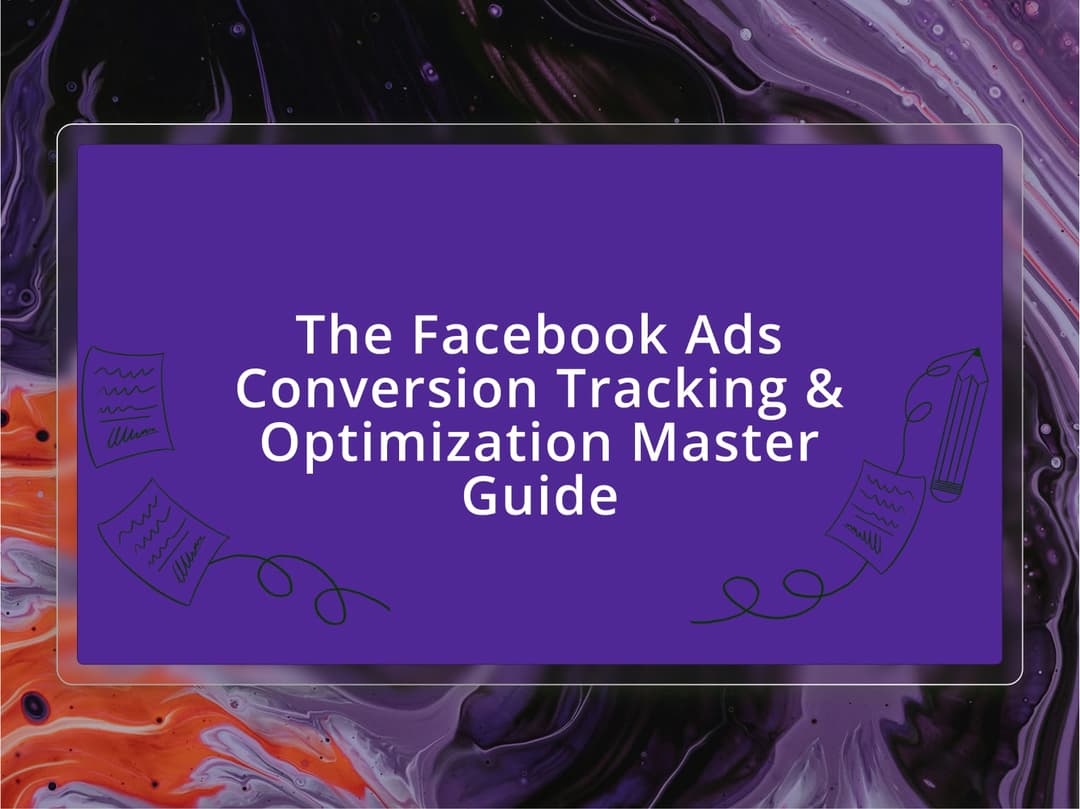
Running ads on Facebook and Meta has become more competitive and expensive than ever. Gone are the days of simply boosting a post and watching the sales roll in.
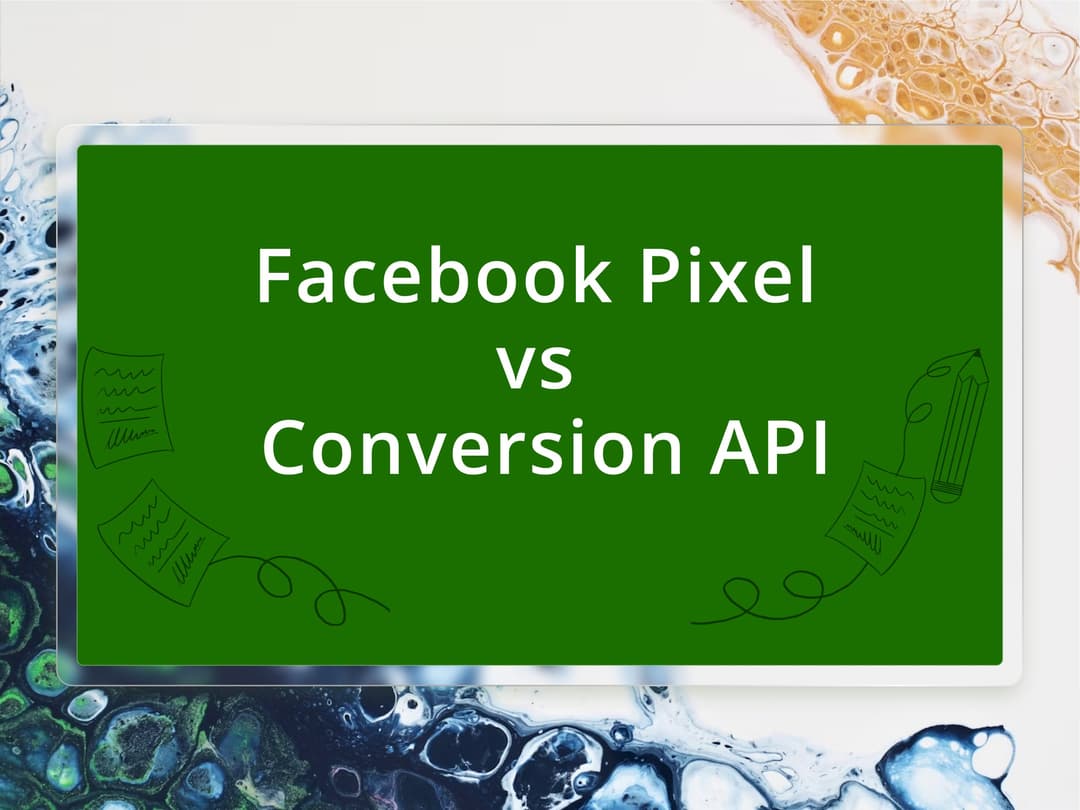
In the high-stakes world of Meta Ads, conversion tracking isn't just a feature it's the engine that drives profitability. Accurate tracking data tells Meta's algorithm who your best customers are, allowing it to optimize your ad spend for maximum return.

In 2025, simply running Meta ads and hoping for the best is a recipe for wasted spend. The critical difference between a thriving e-commerce brand and one that struggles lies in data.
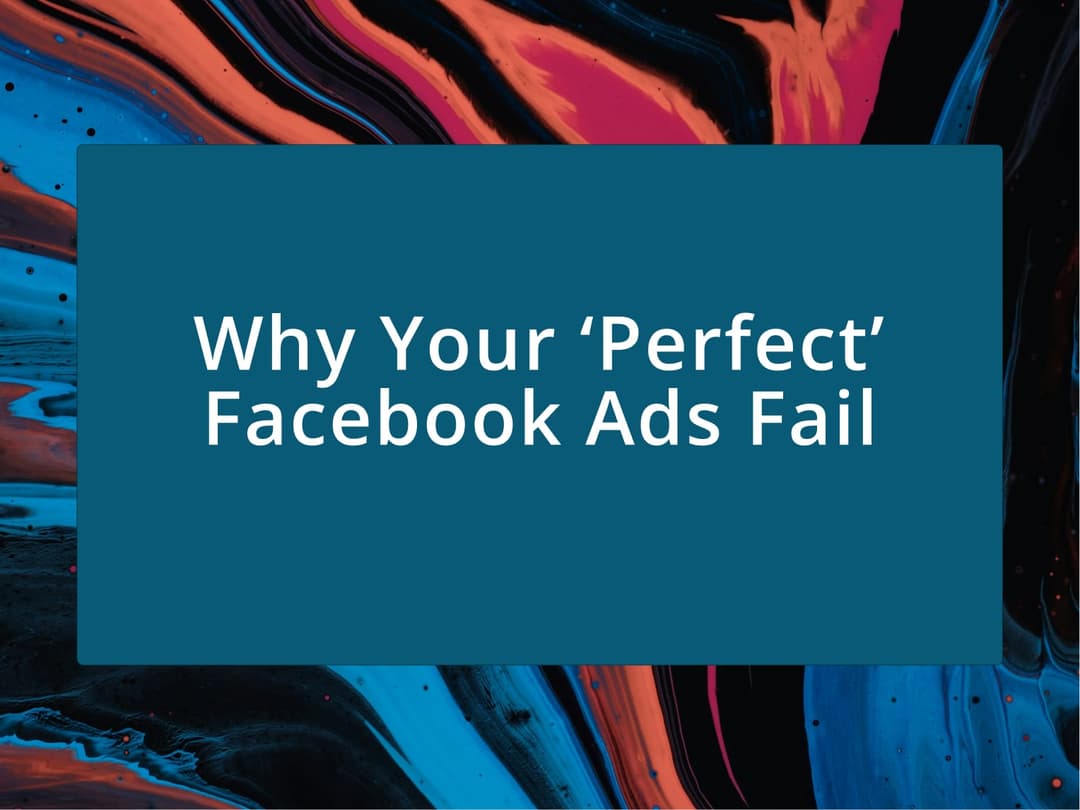
In 2025, a high-converting campaign is not just the result of a great ad; it's the output of a finely tuned system. This system is built on a foundation of clean, reliable tracking data that empowers Meta's algorithm to do its job effectively. Without this foundation, even the most brilliant creative is just a shot in the dark.

In today's digital economy, the customer journey is no longer a straight line but a complex web of interactions across a dozen different channels.

If you spend a single dollar on LinkedIn Ads, installing the Insight Tag is not optional. It is the foundational piece of code that powers your entire advertising ecosystem on the platform.

For savvy B2B marketers, Microsoft Ads is a goldmine. It offers access to a mature, professional audience with significant purchasing power, often at a lower cost-per-click than its Google counterpart.

Reddit is not just another social media platform. It's a sprawling collection of the internet's most passionate and engaged niche communities.

In the modern digital landscape, a quiet crisis is unfolding. The data that businesses rely on for growth—analytics, ad attribution, and user insights—is disappearing.

In the sprawling, high-stakes digital marketplace of Google Ads, your bidding strategy is your rudder. It determines not just how much you pay for a click, but whether your budget is intelligently invested toward growth or simply spent.
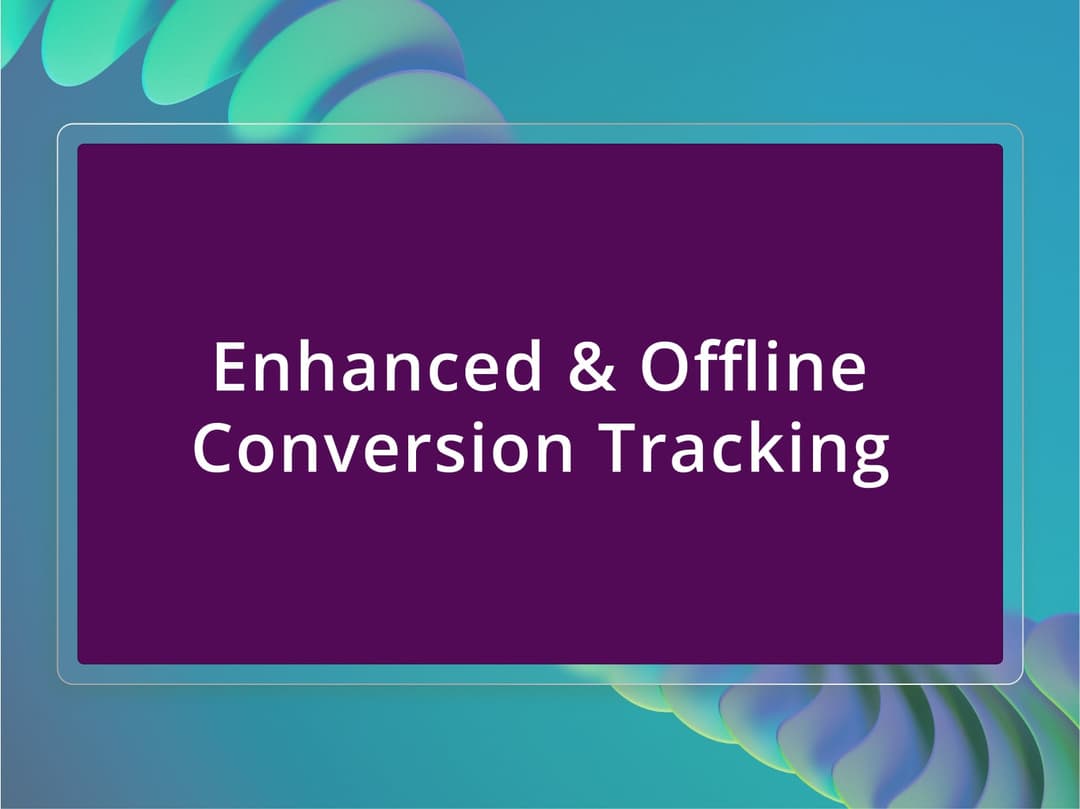
In the multi-billion-dollar arena of Google Ads, your bidding strategy is the single most powerful lever you control. It’s the command that dictates how your budget is deployed in millions of micro-second auctions every single day.

For many Google Ads professionals, the Target CPA bidding strategy represents a kind of promised land. It’s the lever that shifts a campaign's focus from simply spending money to intelligently investing it, promising a world of predictable costs and stable return on investment.

This playbook is your comprehensive resource for building a powerful, repeatable engine for growth. We will move from the non-negotiable foundation of data integrity to the core frameworks of testing, and then into advanced, industry-specific tactics.
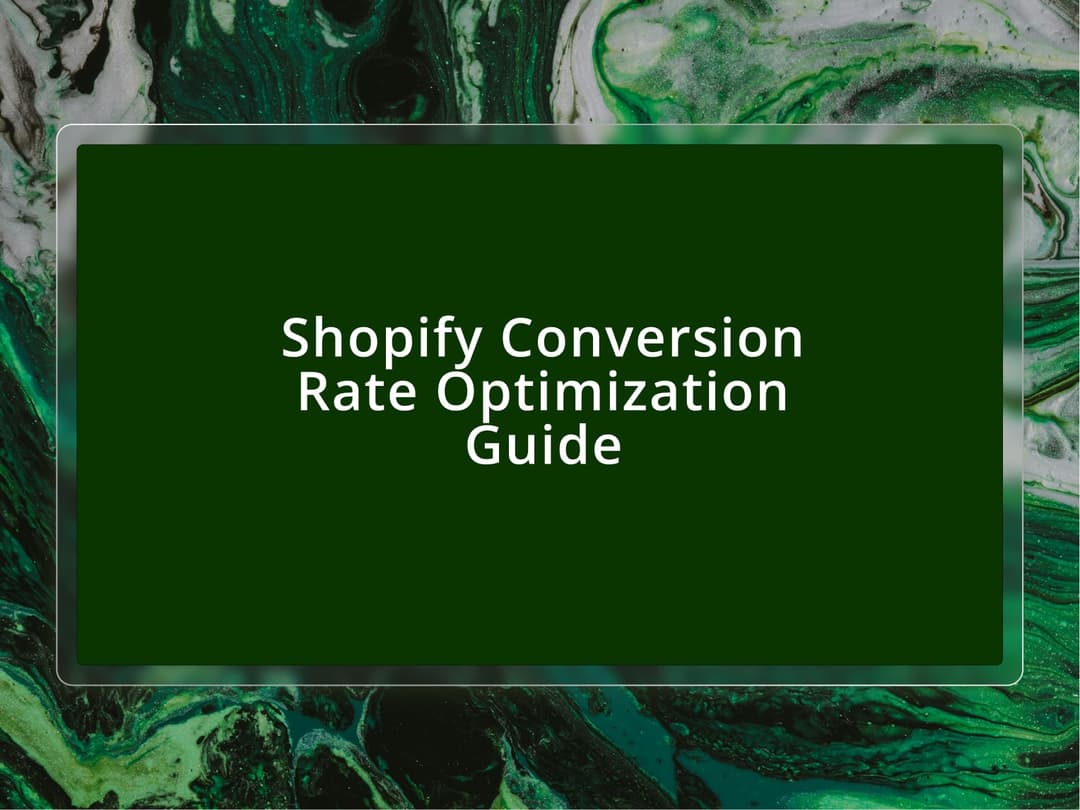
This guide is specifically for Shopify merchants who are ready to move beyond default settings and start systematically engineering a better shopping experience.
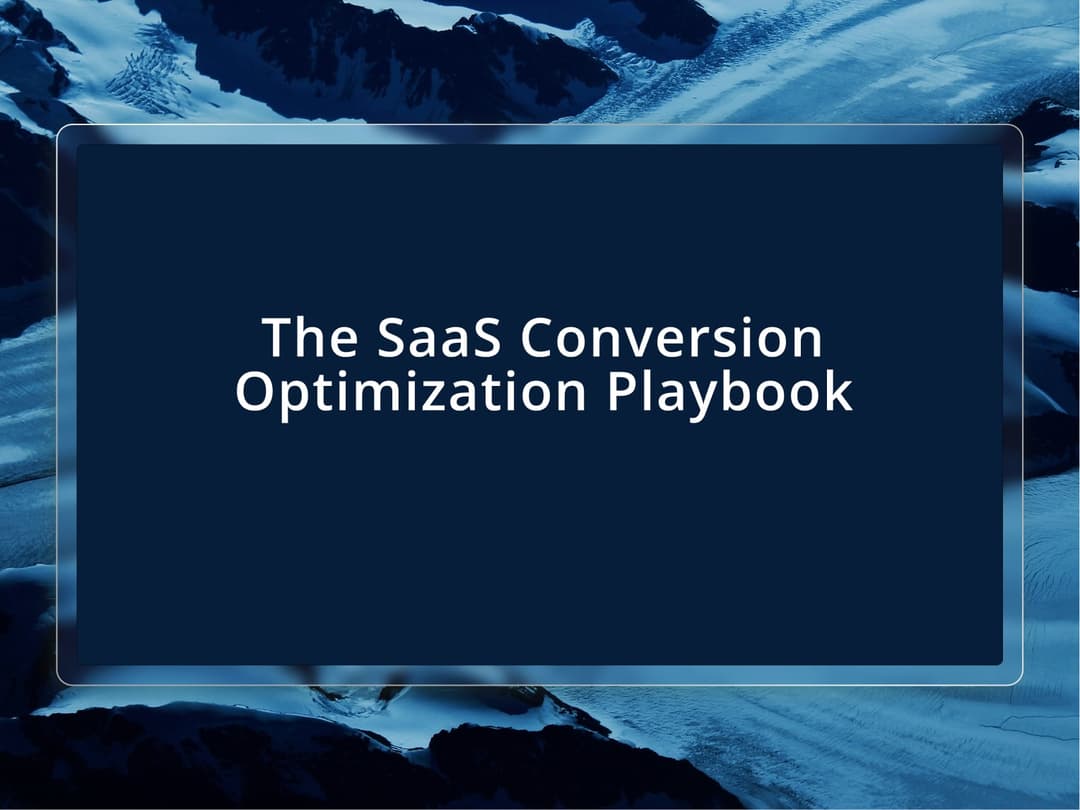
The initial sign up is not the finish line; it is the starting gun. A successful SaaS conversion funnel guides a user from anonymous visitor to free trial user, from trial user to activated enthusiast, and finally, from enthusiast to loyal, paying customer.
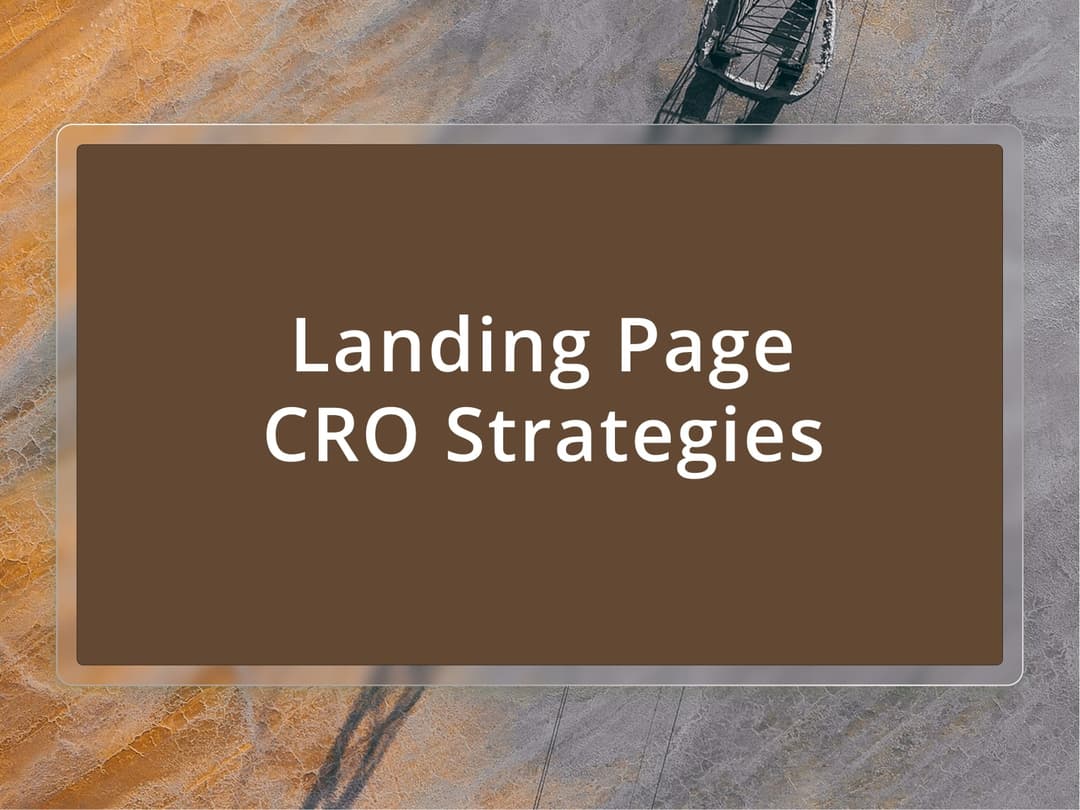
You have spent time, effort, and money to capture someone's attention through an ad, a social media post, or a search result. The landing page is where you must deliver on that initial promise.
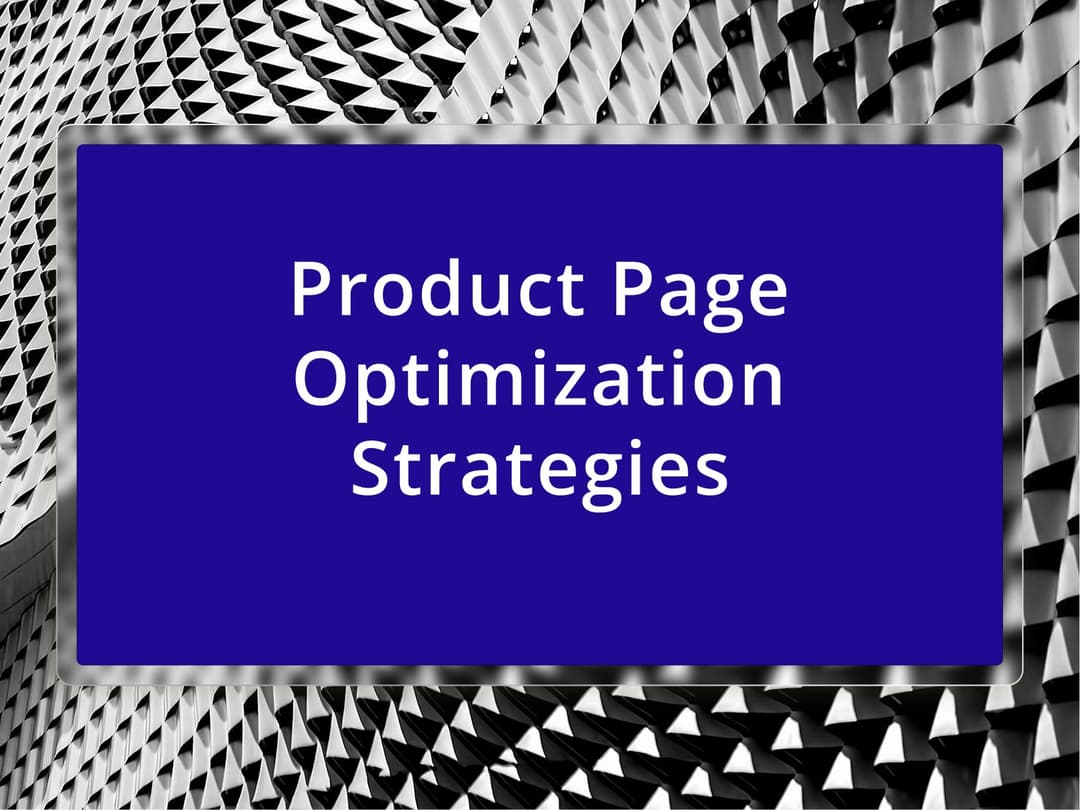
It is your digital showroom, your fitting room, and your most important salesperson, all rolled into one.
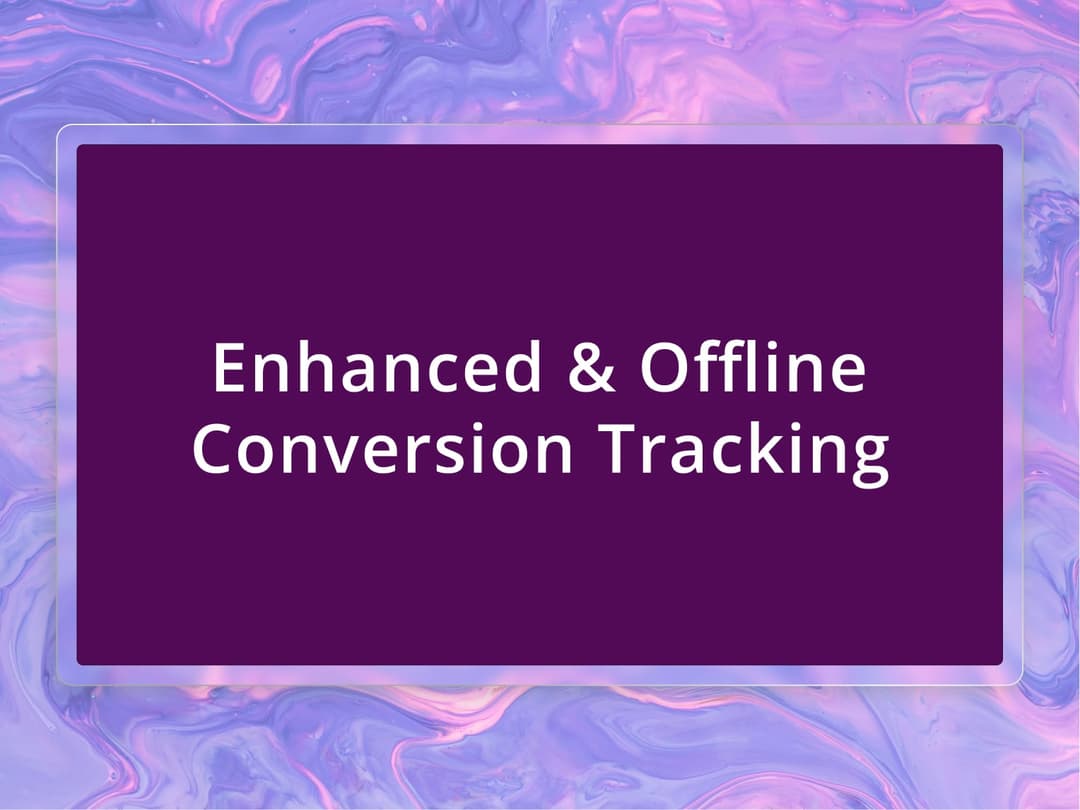
It is a fragmented, multi-act play unfolding across a dozen stages. A user might click a Facebook ad on their iPhone during their morning commute, research your product on a work laptop in the afternoon, and then, two weeks later, close a deal over email or walk into your store to make a purchase.
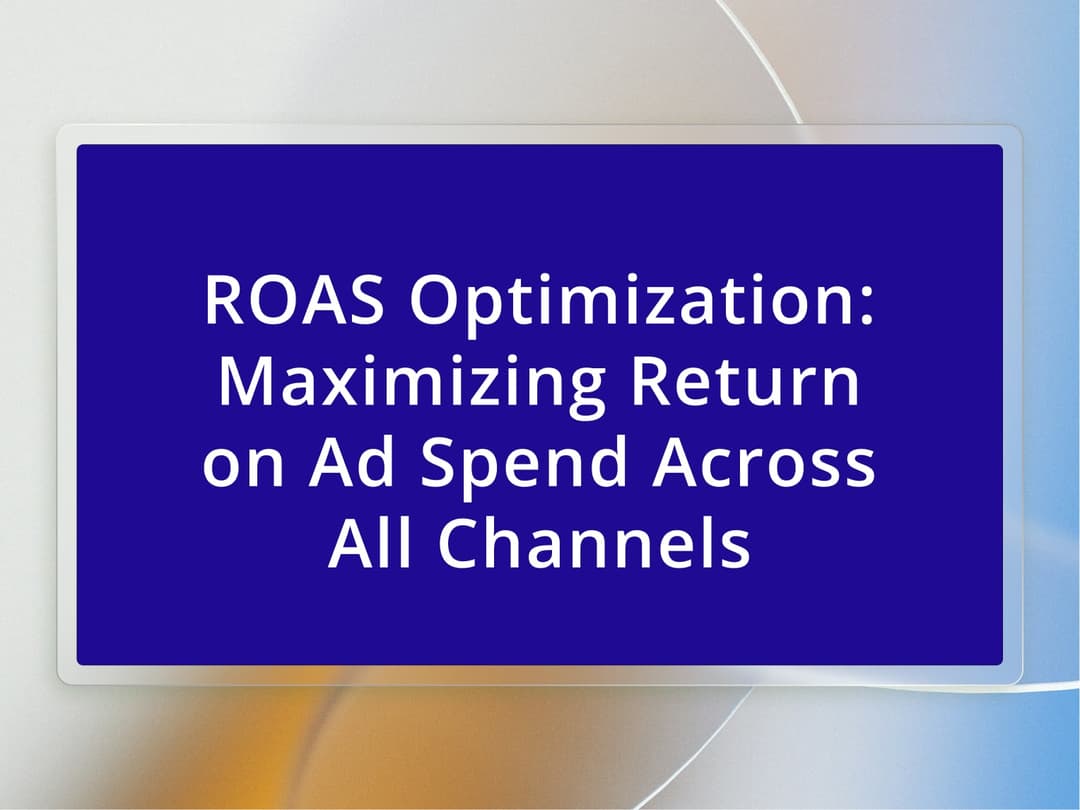
In the world of performance marketing, Return on Ad Spend (ROAS) is the single most important metric for gauging the direct profitability of your advertising. It answers a simple, vital question: for every dollar we spend on ads, how many dollars are we getting back?

They guide our decisions, validate our strategies, and justify our budgets. Yet, two of the most critical financial metrics, Return on Ad Spend (ROAS) and Return on Investment (ROI), are frequently misunderstood and used interchangeably.

It is perhaps the most frequently asked question in digital marketing, and for good reason. Marketers are under constant pressure to justify their budgets and prove their value.

The internet is filled with tips and tricks promising to boost this crucial number, yet many marketers find themselves spinning their wheels, making adjustments that yield little to no real impact on their bottom line.

Every day, millions of potential customers search for the exact products and services you offer. For performance marketers, this presents an unparalleled opportunity to drive revenue.

You see rising costs, you test new creative, and you launch new campaigns, but the results are inconsistent.

Your Google Ads dashboard is a sea of green, showing thousands of clicks and impressions. Yet, when you look at your bottom line, there is a frustrating silence.

You launch the campaign, the clicks start rolling in, but a sinking feeling begins to set in. The numbers in Google Ads do not match the reality you see in your sales dashboard.
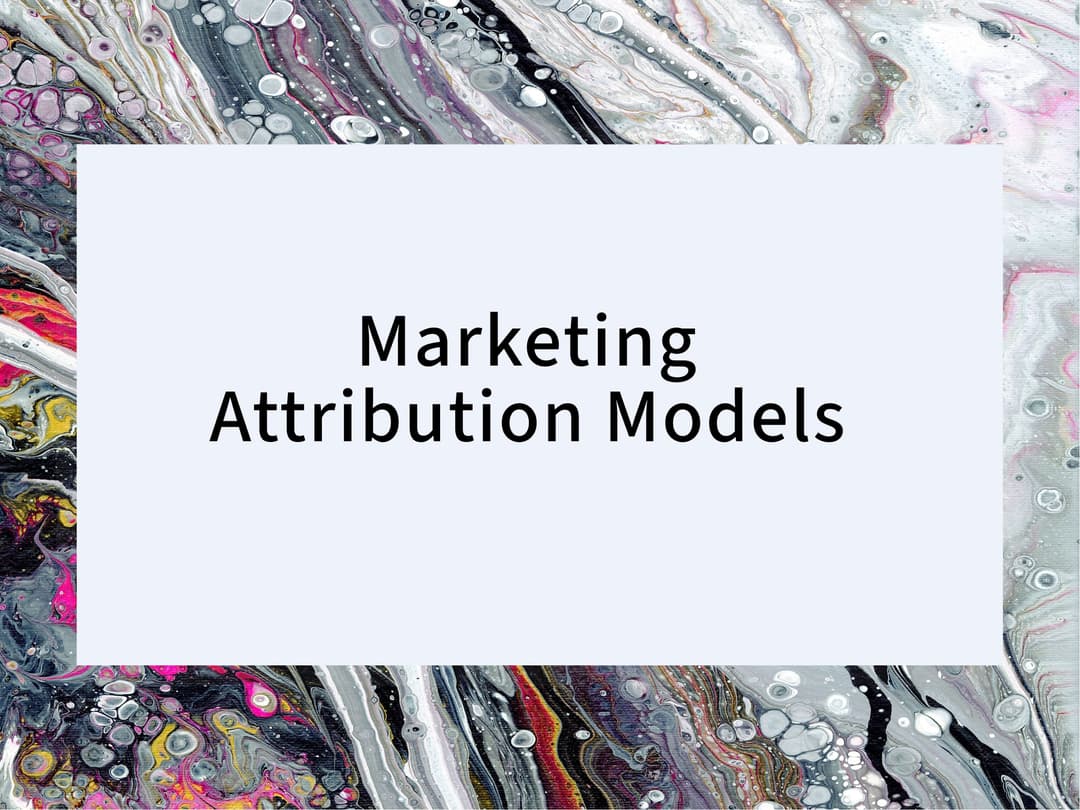
You have just signed off on a significant quarterly marketing budget. Funds are allocated across Google Ads, Meta campaigns, content syndication, and your email marketing program.
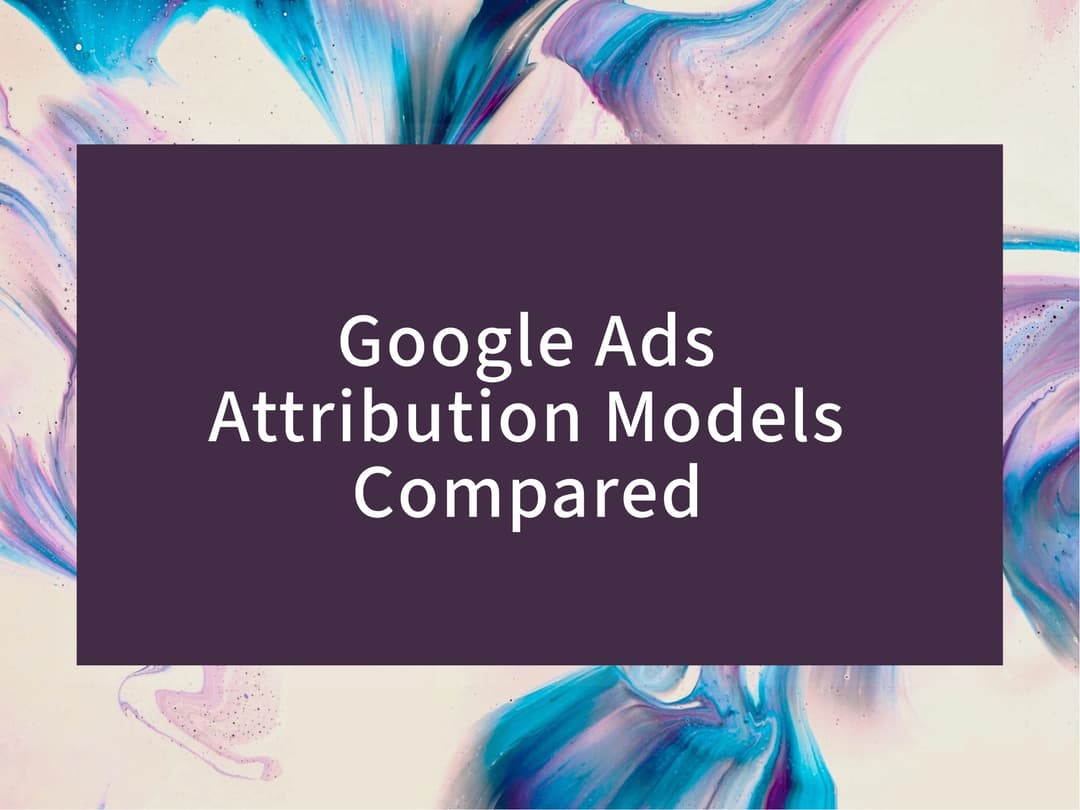
You meticulously craft campaigns, research keywords, and optimize ad copy. You see conversions being reported, and your cost per acquisition (CPA) seems stable.
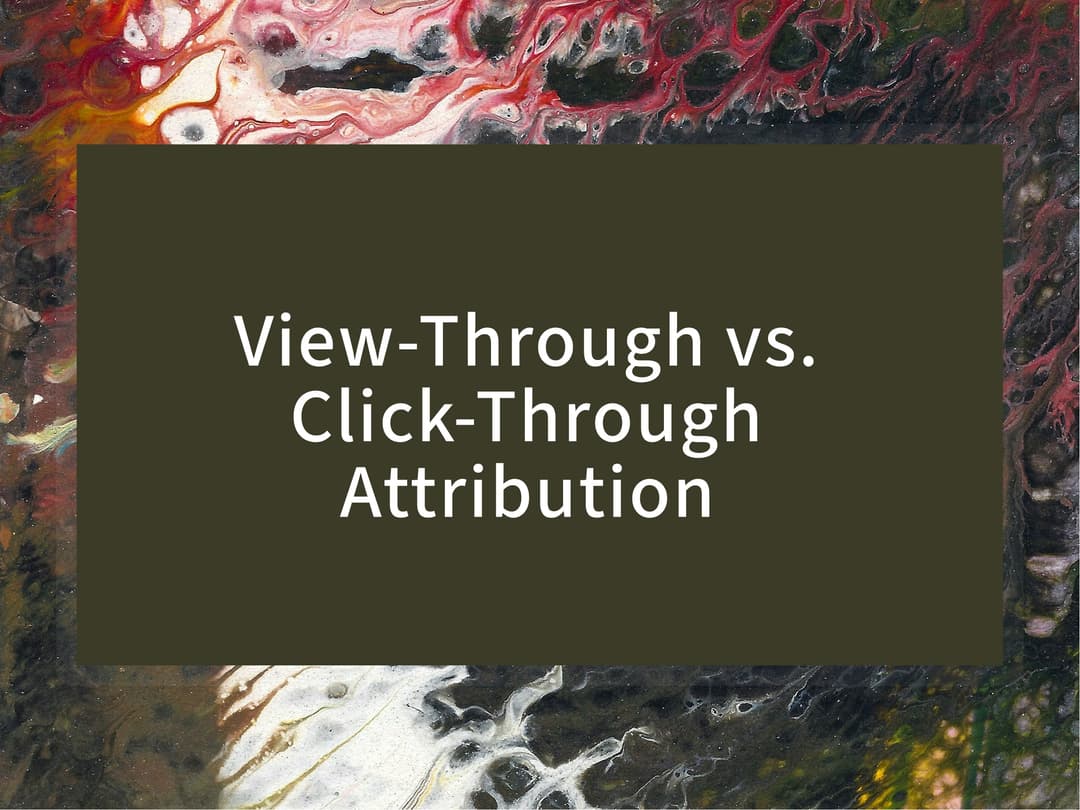
The creative is compelling, and the ads are generating millions of impressions. Yet, when you look at your Google Ads dashboard, the click-through rate is low, and the number of direct conversions is minimal.

We know that the customer journey is a complex, winding path, not a single, final step. We have read the articles, seen the presentations, and nodded in agreement that multi touch attribution (MTA) is the answer.
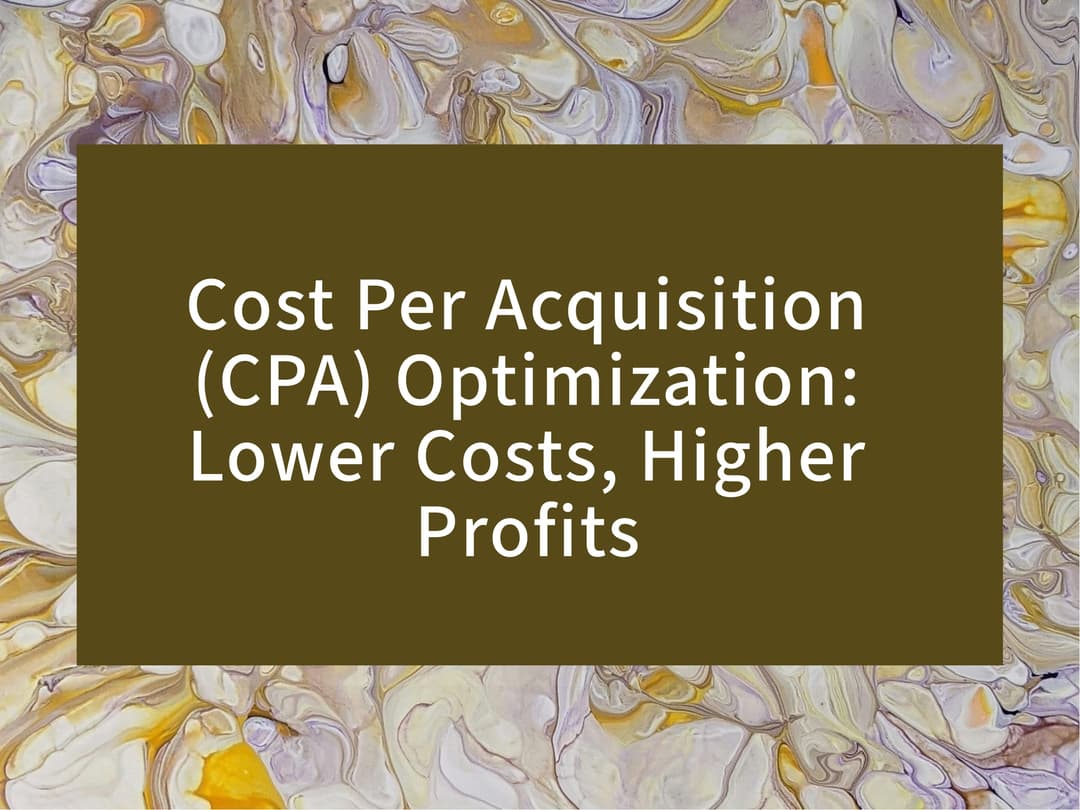
Businesses invest billions into platforms like Google and Meta with the expectation of tangible returns, yet many struggle to connect their spending to real world results.

You launch a retargeting campaign, but the audience size is a fraction of what it should be. This is not just a feeling; it is the quiet, creeping reality of modern digital marketing.

The clicks are coming in, but the conversions are not. The sales your business needs feel just out of reach, and you're left staring at your Google Ads dashboard, asking the one question that matters: why isn't this working? If this scenario feels familiar, you are not alone.

A conversion rate of less than 0.1%. That was the moment I realized something was fundamentally broken with the way we measure success on the internet.

You’ve seen the writing on the wall, turned your back on the crumbling house of cards that was third-party data, and committed to building your business on the bedrock of truth.

The rise and fall of third-party cookies: how the technology that powered digital advertising for 20 years became obsolete due to privacy concerns and regulation.

The marketing team presents impressive numbers: a 15% increase in ad spend, 40% more website traffic, and a conversion rate that looks respectable on the surface.

Marketers spend countless hours and significant mental energy debating the merits of different attribution models, each hoping to find the perfect formula to justify their budget and prove their impact. But this entire debate is a distraction.

The cost per acquisition would climb for no apparent reason, winning campaigns would suddenly falter, and the numbers from one platform would tell a completely different story from another.

At first, everything looked normal: the numbers in the ad dashboards, the reports from analytics platforms, the case studies celebrating low CPAs.